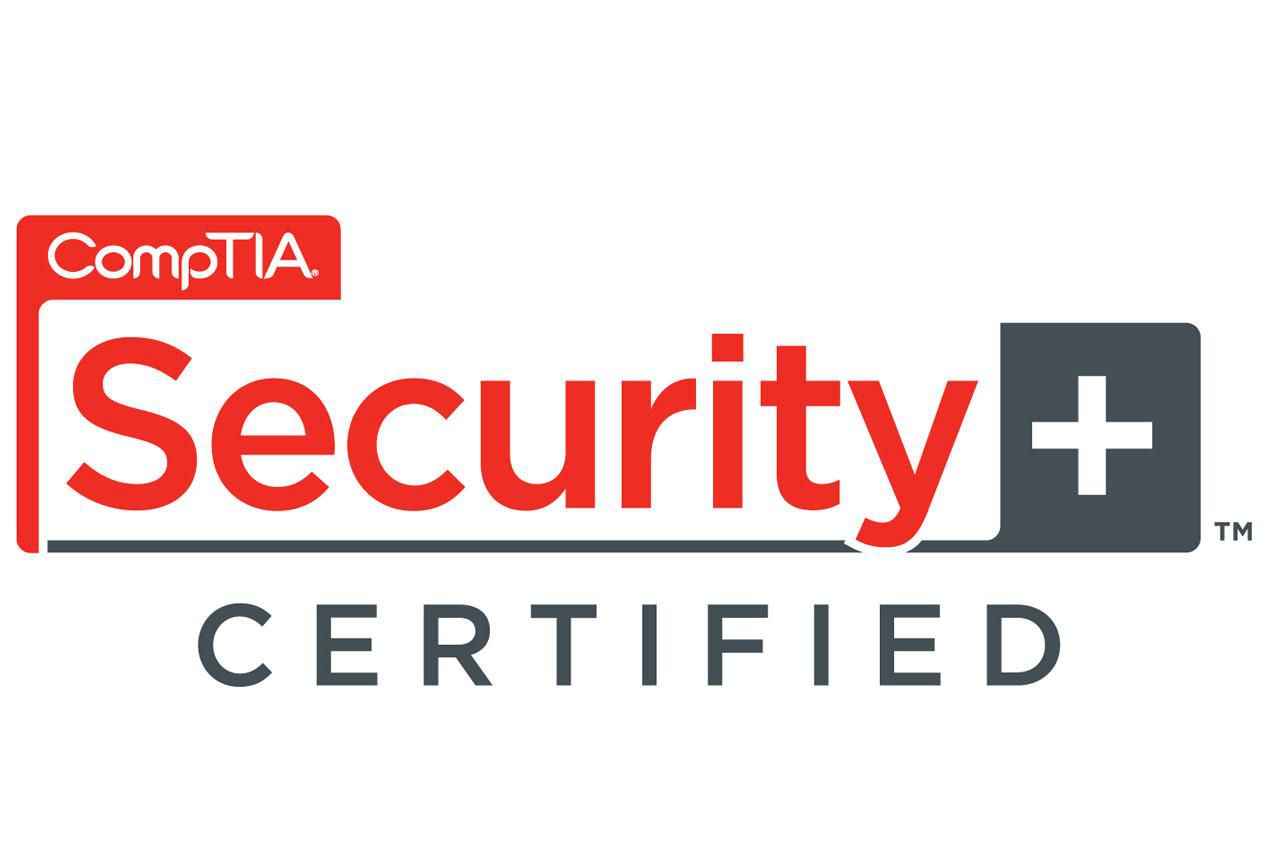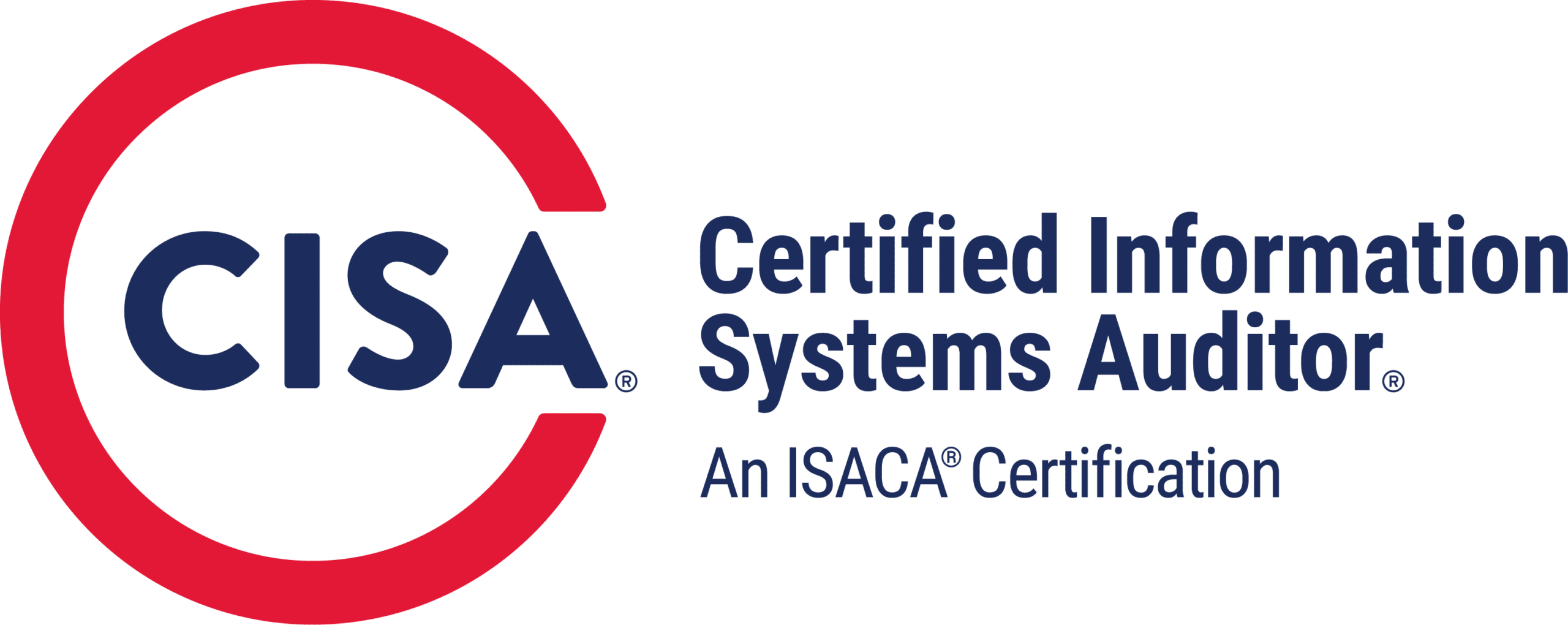Welcome to our comprehensive guide on performing a cyber security audit. In today’s digital landscape, where cyber threats are becoming increasingly sophisticated, it is crucial for organizations to regularly assess their security measures and mitigate potential vulnerabilities. A cyber security audit allows you to identify weak points in your network, evaluate the effectiveness of your security controls, and ensure compliance with industry standards and regulations.
Whether you are a small business or a large enterprise, understanding the process of conducting a cyber security audit is essential for safeguarding your sensitive data and protecting your organization from potential data breaches. In this guide, we will take you through the step-by-step process of performing a cybersecurity audit, providing you with the knowledge and tools necessary to strengthen your cybersecurity posture.
Throughout this guide, we will cover topics such as:
- The definition and importance of a cybersecurity audit
- The recommended frequency for conducting cybersecurity audits
- The difference between internal and external audits
- Best practices for performing a thorough cybersecurity audit
- The benefits of cybersecurity audits
Key Takeaways:
- A cybersecurity audit is crucial for assessing vulnerabilities, evaluating security controls, and ensuring compliance.
- Regularly performing cybersecurity audits helps organizations proactively manage cyber risks and prevent data breaches.
- The frequency of cybersecurity audits depends on factors such as data sensitivity, threat landscape, and compliance requirements.
- Internal and external audits offer distinct advantages, and the choice depends on factors like budget and the need for unbiased assessments.
- Following best practices and utilizing cybersecurity frameworks can enhance the effectiveness of your cybersecurity audit.
What is a Cyber Security Audit?
A cybersecurity audit is a critical component of a comprehensive risk management strategy. It involves an in-depth review of an organization’s security measures to assess its cybersecurity risks and determine the effectiveness of existing security controls. By conducting regular cybersecurity audits, organizations can proactively identify vulnerabilities, protect against potential cyber threats, and ensure compliance with industry standards and regulations.
During a cybersecurity audit, various aspects of the organization are examined, including data security practices, software and hardware performance, regulatory and legal compliance status, vulnerabilities, the effectiveness of security policies and procedures, and the presence of internal and external threats. This comprehensive evaluation helps organizations gain insights into the strengths and weaknesses of their cybersecurity posture and enables them to take necessary measures to enhance their security controls.
What is a Cybersecurity Audit?
A cybersecurity audit is a comprehensive review of an organization’s security measures to assess its cybersecurity risks and the effectiveness of existing security controls. It examines different components of the organization, including data security practices, software and hardware performance, regulatory compliance, vulnerabilities, security policies, and the presence of internal and external threats. By conducting regular cybersecurity audits, organizations can proactively manage cybersecurity risks, protect against potential breaches, and ensure compliance with industry standards and regulations.
During a cybersecurity audit, organizations evaluate the strength of their security measures and identify areas for improvement. This process helps in assessing the organization’s security controls, identifying vulnerabilities and potential threats, and prioritizing risk mitigation efforts. By regularly conducting cybersecurity audits, organizations can enhance their security posture and prevent data breaches.
The audit process involves examining various aspects, such as data security practices, software and hardware performance, regulatory compliance, vulnerabilities, security policies, and the presence of internal and external threats. Through these evaluations, organizations gain insights into their current cybersecurity practices and can take necessary measures to strengthen their security controls.
How Often Should I Perform a Cybersecurity Audit?
When it comes to cybersecurity audits, the frequency of conducting them is a crucial consideration. The ideal frequency depends on various factors, including the sensitivity of your data, the number and type of network endpoints, software and hardware used, the ever-evolving threat landscape, compliance requirements, and the resources available to your organization.
Generally, it is recommended to perform cybersecurity audits regularly to stay proactive in managing cyber risks and protecting your organization against potential data breaches. An annual cybersecurity audit is a good starting point for most organizations. However, it is essential to remember that the threat landscape is constantly changing, and new vulnerabilities and risks can emerge at any time.
In addition to annual audits, regular vulnerability assessments should be conducted to identify and address security weaknesses. By conducting these assessments, you can stay informed about the current state of your organization’s security measures and take necessary actions to strengthen them. It is also important to conduct audits triggered by significant changes in your IT infrastructure or compliance requirements specific to your industry.
Ultimately, the frequency of cybersecurity audits should be determined based on your organization’s unique needs and circumstances. By staying proactive and conducting regular audits and vulnerability assessments, you can ensure that your cybersecurity practices are up to date, effectively protecting your data and mitigating cyber risks.
| Factors to Consider | Recommended Frequency |
|---|---|
| Sensitivity of data | Regularly, with annual audits as a starting point |
| Number and type of network endpoints, software, and hardware | Regularly, with annual audits as a starting point |
| Threat landscape | Regularly, with annual audits as a starting point |
| Compliance requirements | Regularly, with annual audits as a starting point |
| Available resources | Regularly, with annual audits as a starting point |
Why Are Cybersecurity Audits Important?
The ongoing digital transformation and the increasing frequency and complexity of cyber threats make cybersecurity audits crucial for organizations. Without regular audits, organizations face heightened cyber risk, potential non-compliance with legal and regulatory requirements, and an increased likelihood of experiencing a data breach. Cybersecurity audits play a vital role in identifying missing or inadequate protection measures, prioritizing risk remediation efforts, and ensuring that security practices align with industry standards.
Key Reasons for Cybersecurity Audits:
- Identifying Vulnerabilities: Cybersecurity audits help organizations identify vulnerabilities in their systems and networks, enabling them to take proactive measures to strengthen their security posture.
- Compliance: Audits ensure that organizations meet legal and regulatory requirements related to data security and privacy. They assist in identifying any gaps in compliance and implementing necessary measures to address them.
- Risk Mitigation: By conducting regular audits, organizations can proactively manage cyber risks, mitigate potential threats, and minimize the impact of security incidents.
- Improving Cybersecurity Practices: Audits provide insights into the effectiveness of existing cybersecurity practices and help organizations identify areas for improvement, leading to enhanced security posture.
- Data Breach Prevention: Audits assist in identifying vulnerabilities that could potentially lead to data breaches, enabling organizations to take preventive measures to protect sensitive information.
“Regular cybersecurity audits are essential to ensure that organizations are equipped to navigate the ever-evolving threat landscape and protect their critical assets. By conducting thorough audits, organizations can stay one step ahead of cybercriminals and safeguard their data, reputation, and business operations.”
Table: The Benefits of Cybersecurity Audits
| Benefits | Description |
|---|---|
| Compliance | Audits ensure organizations meet legal and regulatory requirements, avoiding penalties associated with non-compliance. |
| Vulnerability Identification | Audits identify weaknesses and vulnerabilities in systems, networks, and processes, enabling timely remediation. |
| Incident Response Preparedness | Audits help organizations develop robust incident response plans, ensuring prompt and effective actions in the event of a security incident. |
| Security Improvements | Audits provide insights into existing cybersecurity practices, helping organizations enhance their security systems and processes. |
How to Perform an Internal Cybersecurity Audit
When it comes to maintaining a strong cybersecurity posture, an internal cybersecurity audit is an essential component of an organization’s information security policy and risk management framework. By conducting regular internal audits, we can identify potential vulnerabilities and weaknesses in our IT security measures, helping us stay one step ahead of potential threats.
The process of performing an internal cybersecurity audit typically involves three key steps. First, we need to determine the scope of the audit, which should cover various aspects of our cybersecurity program, including IT infrastructure, data security, physical security, and compliance standards. This ensures that we have a comprehensive assessment that leaves no stone unturned.
Once the scope is defined, the next step is to identify threats through a thorough risk assessment. This helps us understand the potential risks and vulnerabilities that our organization faces, allowing us to prioritize remediation efforts. By conducting a rigorous risk assessment, we gain valuable insights into our IT security issues and can make informed decisions on how to address them effectively.
The final step in performing an internal cybersecurity audit is planning an incident response. This ensures that we are prepared to handle potential security incidents and minimize their impact on our organization. By having an incident response plan in place, we can act swiftly and effectively should an incident occur, reducing the potential damage and downtime associated with cyberattacks.
By following these steps and conducting regular internal cybersecurity audits, we can strengthen our overall security posture, identify and address potential vulnerabilities, and ensure that our organization is well-protected against evolving cyber threats.
The Scope of a Cybersecurity Audit
When conducting a cybersecurity audit, it is important to define the scope of the assessment to ensure a comprehensive evaluation of the organization’s security measures. The scope determines the areas and components that will be examined, providing insights into data security, operational security, network security, system security, and physical security.
Data security is a critical aspect of a cybersecurity audit, focusing on the protection and confidentiality of sensitive information. This includes an assessment of data storage, access controls, encryption usage, and compliance with data protection regulations.
Operational security involves evaluating the policies, procedures, and controls in place to ensure the secure operation of the organization’s systems and processes. This includes reviewing user access management, incident response protocols, and employee awareness training.
Network security examines the organization’s network infrastructure and protocols to identify vulnerabilities and potential points of entry for cyber threats. It involves assessing firewall configurations, intrusion detection systems, and network segmentation to mitigate risks.
System security focuses on the security measures implemented to protect the organization’s hardware and software assets. This includes evaluating the patch management process, antivirus software usage, and secure configurations of servers and workstations.
Physical security encompasses the measures put in place to protect the organization’s physical assets and facilities. It involves assessing access controls, video surveillance systems, and environmental controls such as fire suppression and temperature monitoring.
A comprehensive cybersecurity audit considers all these aspects, providing an overview of the organization’s security posture and highlighting areas of improvement. By addressing the various elements of the audit scope, organizations can strengthen their defenses against cyber threats and ensure the protection of their sensitive data.
Internal vs. External Cybersecurity Audit
When assessing an organization’s security measures, there are two main approaches: internal cybersecurity audits and external cybersecurity audits. Each method has its own advantages and considerations, and the choice between the two depends on factors such as budget, resources, and the need for unbiased assessments.
Internal Cybersecurity Audit
An internal cybersecurity audit is conducted by an organization’s own IT and security teams. This approach offers several benefits, including in-depth knowledge of the organization’s systems, processes, and culture. Internal audits are cost-effective and enable regular assessments, ensuring ongoing monitoring of the organization’s cybersecurity practices. However, it’s important to note that internal audits may lack objectivity and independence, as the auditors are part of the organization being assessed.
External Cybersecurity Audit
On the other hand, external cybersecurity audits are conducted by specialized cybersecurity service companies. These audits provide an independent and objective assessment of an organization’s security measures. External auditors have expertise in the field and are well-versed in industry regulations and compliance requirements. They bring valuable insights and fresh perspectives to the audit process. However, external audits may be more costly compared to internal audits.
Ultimately, the choice between internal and external cybersecurity audits depends on the organization’s specific needs and circumstances. Some organizations may opt for internal audits to leverage their internal expertise and resources, while others may prefer the objectivity and specialized knowledge offered by external auditors. In some cases, a combination of both approaches may be utilized to ensure a comprehensive assessment of an organization’s cybersecurity practices.
Table: Comparison of Internal and External Cybersecurity Audits
| Factors | Internal Cybersecurity Audit | External Cybersecurity Audit |
|---|---|---|
| Cost-effectiveness | ✓ | ✗ |
| Expertise | ✓ | ✗ |
| Objectivity | ✗ | ✓ |
| Independence | ✗ | ✓ |
| Compliance with regulations | Varies | ✓ |
How Often Should I Perform Audits to Ensure Cybersecurity?
Cybersecurity audits play a crucial role in maintaining the security and integrity of an organization’s IT infrastructure. The frequency at which these audits should be performed depends on various factors, including significant changes to the IT and security infrastructure, regulatory requirements, incident response practices, data sensitivity, and the size of the organization’s IT infrastructure.
For most organizations, conducting an annual cybersecurity audit is a good starting point. This allows for a comprehensive evaluation of the current security measures in place and helps identify potential vulnerabilities or areas for improvement. However, it’s important to note that annual audits may not be sufficient in certain cases, especially when there are significant changes to the IT infrastructure or when compliance requirements demand more frequent assessments.
In addition to annual audits, organizations should also consider conducting regular vulnerability assessments and audits triggered by significant changes or security incidents. These additional assessments help ensure that the organization’s security measures are up-to-date and effective in mitigating cyber risks.
| Factors | Recommended Frequency |
|---|---|
| Significant changes to IT infrastructure | Immediately after changes are implemented |
| Regulatory requirements | As dictated by industry regulations |
| Incident response practices | After security incidents occur |
| Data sensitivity | As dictated by the sensitivity of the data |
| Size of IT infrastructure | As dictated by the complexity of the infrastructure |
By tailoring the frequency of cybersecurity audits to these factors, organizations can ensure that their security measures are continuously assessed and strengthened to protect against emerging threats.
Recommended Best Practices to Perform Cybersecurity Audits
Following best practices is crucial when conducting a cybersecurity audit to ensure a comprehensive assessment of an organization’s security measures. By establishing clear objectives, conducting a risk assessment, utilizing cybersecurity frameworks, and implementing a comprehensive assessment, organizations can effectively evaluate their cybersecurity posture and identify potential vulnerabilities.
Clear Objectives
Setting clear objectives for a cybersecurity audit is essential to ensure that the assessment focuses on the areas that matter most to the organization. Objectives may include evaluating the effectiveness of security controls, identifying gaps in security measures, assessing compliance with industry standards and regulations, or measuring the overall maturity of the cybersecurity program.
Risk Assessment
A risk assessment is a critical step in performing a cybersecurity audit. By identifying potential threats and vulnerabilities, organizations can prioritize their efforts and allocate resources effectively. The risk assessment should consider internal and external threats, evaluate the impact of potential risks, and determine the likelihood of their occurrence. This helps organizations gain a deeper understanding of their risk landscape and focus on mitigating the most significant threats.
Cybersecurity Frameworks
Utilizing cybersecurity frameworks can provide a structured approach to conducting a cybersecurity audit. Frameworks such as COBIT, CIS RAM, NIST CSF, and ISO/IEC 27001 offer guidelines, controls, and best practices that organizations can leverage to assess their security measures. These frameworks provide a comprehensive set of standards and criteria that enable organizations to evaluate their cybersecurity posture against industry-recognized benchmarks.
Comprehensive Assessment
A comprehensive assessment covers all aspects of an organization’s cybersecurity program, including policies and procedures, technical controls, data protection measures, incident response capabilities, and employee awareness and training. By conducting a thorough evaluation of the entire security ecosystem, organizations can gain a holistic view of their cybersecurity posture and identify areas for improvement. This helps strengthen the overall security infrastructure and mitigate potential risks effectively.
| Best Practice | Description |
|---|---|
| Clear Objectives | Establish specific goals and outcomes for the cybersecurity audit. |
| Risk Assessment | Identify potential threats and vulnerabilities through a comprehensive risk assessment. |
| Cybersecurity Frameworks | Utilize established frameworks like COBIT, CIS RAM, NIST CSF, or ISO/IEC 27001 to structure the audit process. |
| Comprehensive Assessment | Evaluate all aspects of the cybersecurity program to ensure a thorough assessment. |
Conclusion
Regular cybersecurity audits are vital for organizations to proactively manage cyber risks, ensure compliance, and safeguard against data breaches. By adhering to best practices and utilizing internal or external audit resources, we can assess our security posture, identify vulnerabilities, and implement necessary improvements. A comprehensive cybersecurity audit serves as a critical component of a robust risk management strategy in today’s evolving threat landscape.
Cybersecurity audits enable us to stay ahead of potential vulnerabilities and threats by conducting thorough assessments of our security measures. This helps us identify any gaps or weaknesses in our systems and processes, allowing us to take corrective action before any security incidents occur. By prioritizing compliance with industry standards and regulations, we can protect sensitive data and mitigate cybersecurity risks effectively.
Through cybersecurity audits, we can improve our security systems and processes, enhancing our incident response preparedness and overall cybersecurity posture. By maintaining trust and credibility with our customers, employees, and partners, we can demonstrate our commitment to protecting their information and maintaining a secure environment. With data breaches becoming increasingly common, investing in regular cybersecurity audits is a proactive approach to safeguarding our organization’s assets and reputation.
FAQ
What is a cybersecurity audit?
A cybersecurity audit is an in-depth review of an organization’s security measures to assess its cybersecurity risks and determine the effectiveness of existing security controls.
How often should I perform a cybersecurity audit?
The frequency of cybersecurity audits depends on factors such as the sensitivity of data stored, the quantity and type of network endpoints, software and hardware, the volatility of the threat landscape, compliance requirements, and available resources.
Why are cybersecurity audits important?
Cybersecurity audits are important as they help organizations proactively manage cyber risks, ensure compliance with legal and regulatory requirements, and prevent data breaches.
How do I perform an internal cybersecurity audit?
To perform an internal cybersecurity audit, you need to establish clear objectives, include it in your information security policy and risk management framework, and follow a three-step process: determining the scope, identifying threats through a risk assessment, and planning an incident response.
What is the scope of a cybersecurity audit?
The scope of a cybersecurity audit can cover various aspects of an organization, including data security, operational security, network security, system security, and physical security.
Should I conduct an internal or external cybersecurity audit?
The choice between an internal or external cybersecurity audit depends on factors such as budget, resources, and the need for unbiased assessments. Internal audits offer in-depth knowledge and cost-effectiveness, while external audits provide independence and specialized expertise.
How often should I perform audits to ensure cybersecurity?
The frequency of cybersecurity audits depends on factors such as significant changes to IT and security infrastructure, regulatory requirements, incidents, data sensitivity, and the size of the organization’s IT infrastructure.











